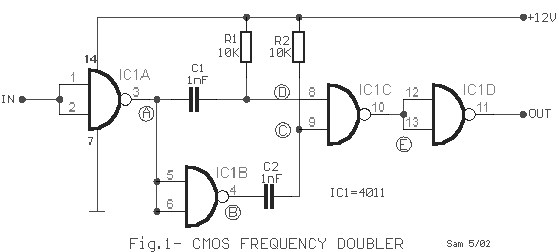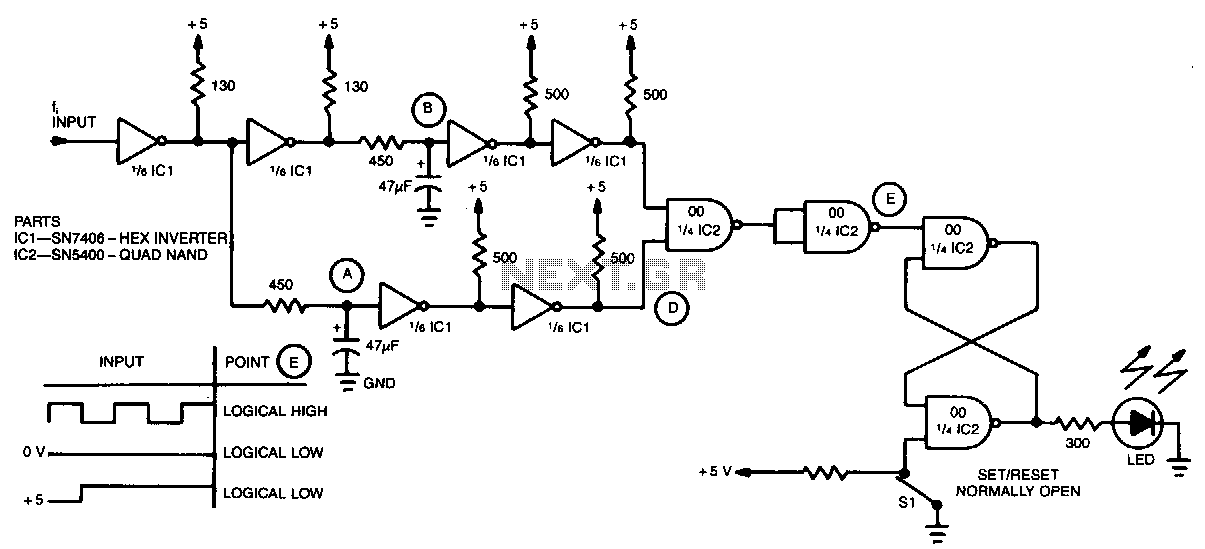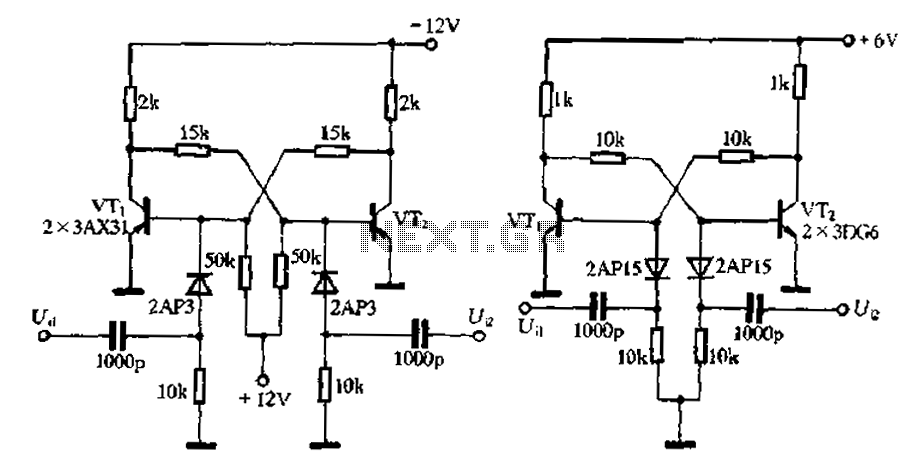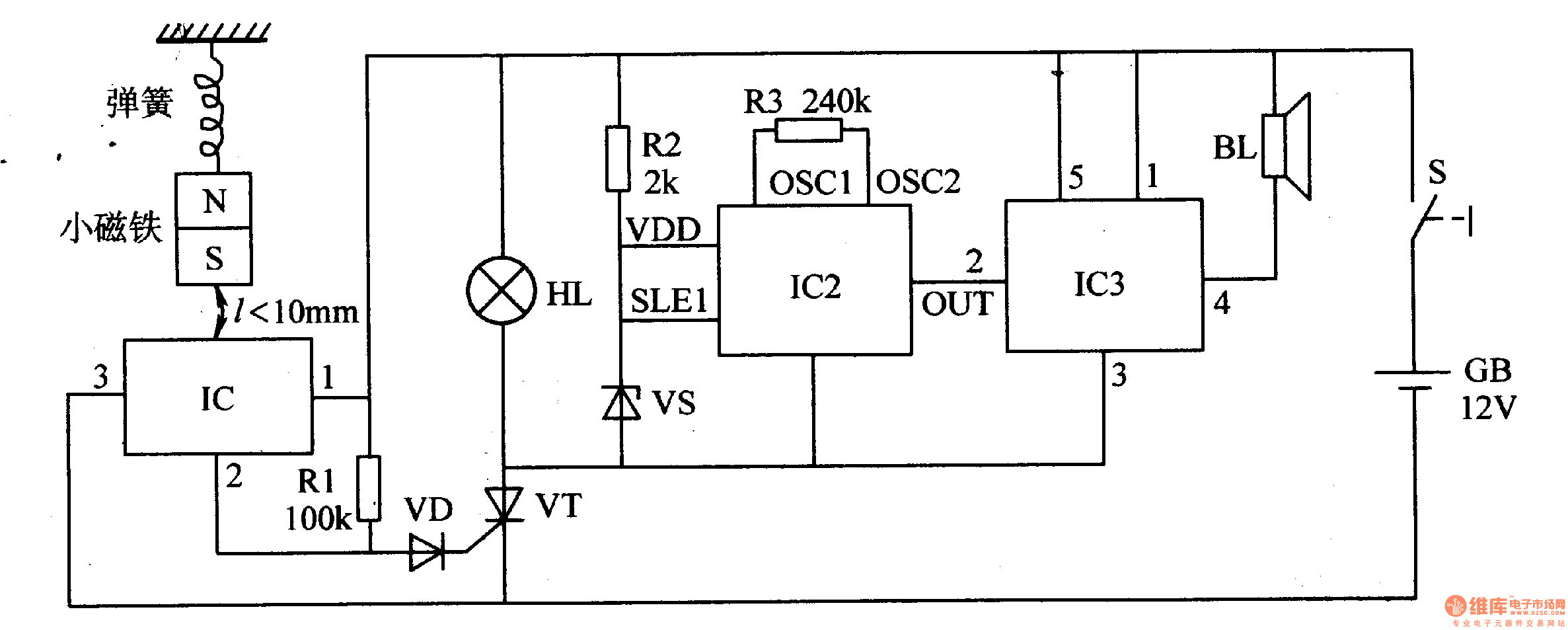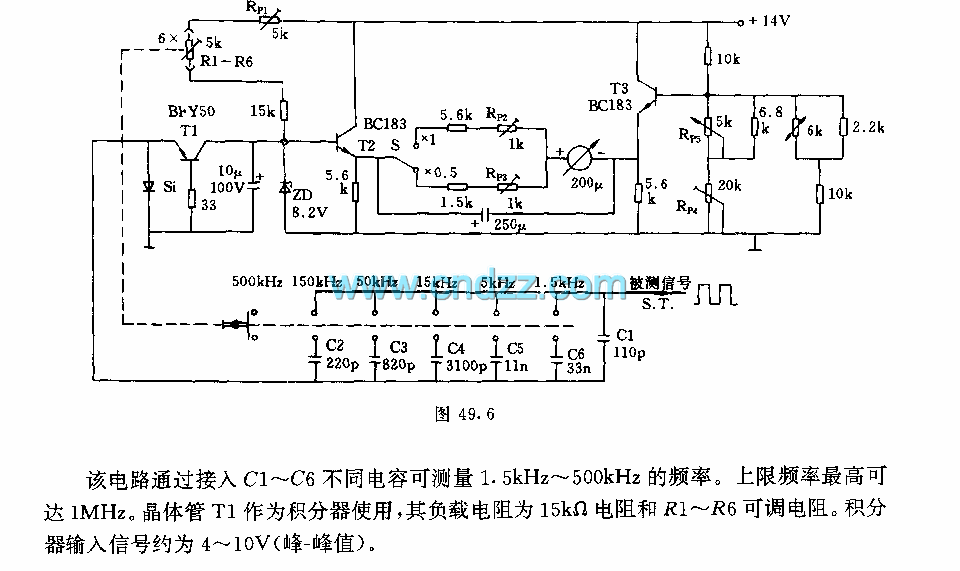
SEISMIC RADIO 500mHz - 200Hz frequency range

The most popular network is MED-NET, which encompasses the entire Mediterranean Sea with its observation points. The accompanying map illustrates these observation points. For more information about this network, which is part of the Italian Geophysical National Institute, the official website can be visited. This research partially relies on seismic data provided by this network. MED-NET publishes a geographic map online for each seismic event, indicating the locations of the observed phenomena along with the seismic observation points, marked with the corresponding geographic seismic direction finding (triangulation). Only episodes where the nearby BNI observatory detects the seismic mechanical wave have been considered in this research. MED-NET is not the sole provider of this service; several local networks also conduct studies on lighter seismic events occurring near specific locations. These networks typically disseminate data that may be harder to obtain from other national networks, such as the IGG seismic net. The adjacent map displays the station layout, with the author's location indicated by a red arrow, which is centrally positioned among the stations of this network. Data from this network are also accessible online. To illustrate the seismic activity in the region, it can be noted that from August 20 to August 26, 2001, 19 seismic events were recorded in the area shown on the map. Upon selecting the frequency band to monitor, the most suitable antenna for receiving those signals must be chosen. Various antenna systems are utilized within this frequency range, each effective but yielding different results from signal to signal. Historical research indicates that 82 Hz signals from submerged sources are effectively received by Marconi antennas and reasonably well by correctly oriented earth dipoles, but not by large horizontal loops. Conversely, certain tones, potentially not transmitted by the electrical network and originating from unknown sources, are detectable with horizontal loops, reasonably with earth dipoles, but not with Marconi antennas, even large ones. Lastly, Schumann resonances, detectable by large Marconi antennas, are not observed in horizontal loop receptions but can show traces of their existence with earth dipoles during specific hours of the day. a) A Marconi electric antenna, 11 meters high with a double top of 45 meters, is connected to a preamplifier circuit using OP07, as detailed in the IK1ODO article. An easy schematic is provided below. b) An earth dipole, oriented North-South, consists of two aluminum bars buried 40 cm deep and spaced 30 meters apart. It is connected to a similar circuit used for the Marconi antenna; a high impedance is required to prevent electrolysis on the metal bars, necessitating very high impedance and low current to minimize electrolysis damage. c) A large horizontal square loop with three turns, each side measuring 30 meters, resulting in a total area of 2700 square meters, is connected to a simple OP027 preamplifier, as described in the fake signals section of this site. Such research cannot anticipate the physical presence of an operator 24/7.
The MED-NET network is a comprehensive system designed for seismic monitoring across the Mediterranean Sea, utilizing a series of strategically placed observation points to collect data on seismic events. The network's integration with the Italian Geophysical National Institute enhances its credibility and data accuracy. The geographic maps generated for each seismic event provide critical insights into the locations and magnitudes of seismic activities, facilitating further research and analysis.
The choice of antennas for receiving seismic signals is crucial for effective monitoring. The Marconi electric antenna, with its significant height and dual top configuration, is particularly suited for capturing signals at specific frequencies, such as 82 Hz, which are indicative of underwater seismic events. The preamplifier circuit, using OP07, amplifies the received signals, ensuring that even weak signals can be detected and analyzed.
The earth dipole antenna, designed to minimize electrolysis damage, is essential for receiving lower frequency signals that may not be as effectively captured by other antenna types. Its construction—utilizing aluminum bars buried to a specific depth—ensures optimal performance while maintaining structural integrity.
The large horizontal square loop antenna represents a different approach to seismic signal reception, particularly for frequencies ranging from 70 to 20 Hz. Its extensive area enhances its ability to capture a wider range of signals, making it a valuable tool for researchers investigating various seismic phenomena.
Overall, the MED-NET network, along with its associated antennas and data dissemination practices, plays a vital role in advancing the understanding of seismic activity in the Mediterranean region. The collaboration between local networks and national institutions further enriches the available data, providing researchers with valuable resources for ongoing studies in geophysics and seismology.The most popular is MED-NET, which covers all the mediterranean sea with its observation points. The shown map shows the observation points in the mediterranean sea. For further information about this net being part of the Italian Geophysical National Institute, you can visit the official site. This research is based, for a part of the signals, on seismic data given from this net. The MED-NET net puts on web for every single event the geographic map with the geographic points where the phenomenon has been found with the seismic observation points marked with the even geographic seismic direction finding (triangulation). In the research only episodes where the close BNI observatory finds the seismic mechanic wave have been considered.
The med net is not the only one to do this service. At a local level, in fact other nets exist which can make a study occasion about even lighter seismic events which happen close to my qth. From these net generally are diffused also data which are more difficult to find on other national nets.
This is the case of the IGG seismic net. The map shown beside, shows the stations disposition. My qth, indicated by the red arrow, is practically in the middle of the stations of this net. In this case also, data are available on web at url: In order to give an idea of the seismically of the zone, you can think of the week from 20/8/2001 to 26/8/2001, in the area shown on the map that 19 seismic event have been recorded. Once chosen the band frequency to monitor, you have to make a choice for the best antenna to receive those signals.
In this gap of frequency there are different utilized antenna systems: all very effective, even if with very different results from signal to signal. From the past researches we know that 82 Hz signals for submarine in immersion, are very well received by marconian antennas, discretely with earth dipole correctly oriented but they are not receivable with horizontal loops of big dimensions.
Vice versa some tone perhaps not trasported by the electric net, with unknown origin and target, put in certain sequences between 70 and 20 Hz are receivable with the horizontal loop, discretely with earth dipole and not receivable with marconian antennas, even if of big dimensions. Last but not least, Schumann resonances, receivable by big marconians, are not visible in the horizontal loops receptions, while they give some tracks of their existence with earth dipole in certain hours of the day.
a) T marconian electric antenna, 11m high with double top of 45m, connected on preamplifier circuit using OP07 as described on the IK1ODO article. See below the easy scheme. B) An earth dipole, North-South oriented, and obtained by two aluminium bars put in the ground for 40 cm and distant from themselves 30 metres.
Connected to a similar circuit used for Marconi antenna: an high impedance is required to avoid an electrolysis phenomenon on the metal bars: very high impedance, very low current, so very weak electrolysis damage. c) A big 3 turn horizontal square loop, 30m side for a 2700 square meters total area; connected to an easy OP027 preamplifier, as described in the fake signals session in this same site.
A similar research cannot forecast a operator physical presence 24 🔗 External reference
The MED-NET network is a comprehensive system designed for seismic monitoring across the Mediterranean Sea, utilizing a series of strategically placed observation points to collect data on seismic events. The network's integration with the Italian Geophysical National Institute enhances its credibility and data accuracy. The geographic maps generated for each seismic event provide critical insights into the locations and magnitudes of seismic activities, facilitating further research and analysis.
The choice of antennas for receiving seismic signals is crucial for effective monitoring. The Marconi electric antenna, with its significant height and dual top configuration, is particularly suited for capturing signals at specific frequencies, such as 82 Hz, which are indicative of underwater seismic events. The preamplifier circuit, using OP07, amplifies the received signals, ensuring that even weak signals can be detected and analyzed.
The earth dipole antenna, designed to minimize electrolysis damage, is essential for receiving lower frequency signals that may not be as effectively captured by other antenna types. Its construction—utilizing aluminum bars buried to a specific depth—ensures optimal performance while maintaining structural integrity.
The large horizontal square loop antenna represents a different approach to seismic signal reception, particularly for frequencies ranging from 70 to 20 Hz. Its extensive area enhances its ability to capture a wider range of signals, making it a valuable tool for researchers investigating various seismic phenomena.
Overall, the MED-NET network, along with its associated antennas and data dissemination practices, plays a vital role in advancing the understanding of seismic activity in the Mediterranean region. The collaboration between local networks and national institutions further enriches the available data, providing researchers with valuable resources for ongoing studies in geophysics and seismology.The most popular is MED-NET, which covers all the mediterranean sea with its observation points. The shown map shows the observation points in the mediterranean sea. For further information about this net being part of the Italian Geophysical National Institute, you can visit the official site. This research is based, for a part of the signals, on seismic data given from this net. The MED-NET net puts on web for every single event the geographic map with the geographic points where the phenomenon has been found with the seismic observation points marked with the even geographic seismic direction finding (triangulation). In the research only episodes where the close BNI observatory finds the seismic mechanic wave have been considered.
The med net is not the only one to do this service. At a local level, in fact other nets exist which can make a study occasion about even lighter seismic events which happen close to my qth. From these net generally are diffused also data which are more difficult to find on other national nets.
This is the case of the IGG seismic net. The map shown beside, shows the stations disposition. My qth, indicated by the red arrow, is practically in the middle of the stations of this net. In this case also, data are available on web at url: In order to give an idea of the seismically of the zone, you can think of the week from 20/8/2001 to 26/8/2001, in the area shown on the map that 19 seismic event have been recorded. Once chosen the band frequency to monitor, you have to make a choice for the best antenna to receive those signals.
In this gap of frequency there are different utilized antenna systems: all very effective, even if with very different results from signal to signal. From the past researches we know that 82 Hz signals for submarine in immersion, are very well received by marconian antennas, discretely with earth dipole correctly oriented but they are not receivable with horizontal loops of big dimensions.
Vice versa some tone perhaps not trasported by the electric net, with unknown origin and target, put in certain sequences between 70 and 20 Hz are receivable with the horizontal loop, discretely with earth dipole and not receivable with marconian antennas, even if of big dimensions. Last but not least, Schumann resonances, receivable by big marconians, are not visible in the horizontal loops receptions, while they give some tracks of their existence with earth dipole in certain hours of the day.
a) T marconian electric antenna, 11m high with double top of 45m, connected on preamplifier circuit using OP07 as described on the IK1ODO article. See below the easy scheme. B) An earth dipole, North-South oriented, and obtained by two aluminium bars put in the ground for 40 cm and distant from themselves 30 metres.
Connected to a similar circuit used for Marconi antenna: an high impedance is required to avoid an electrolysis phenomenon on the metal bars: very high impedance, very low current, so very weak electrolysis damage. c) A big 3 turn horizontal square loop, 30m side for a 2700 square meters total area; connected to an easy OP027 preamplifier, as described in the fake signals session in this same site.
A similar research cannot forecast a operator physical presence 24 🔗 External reference
